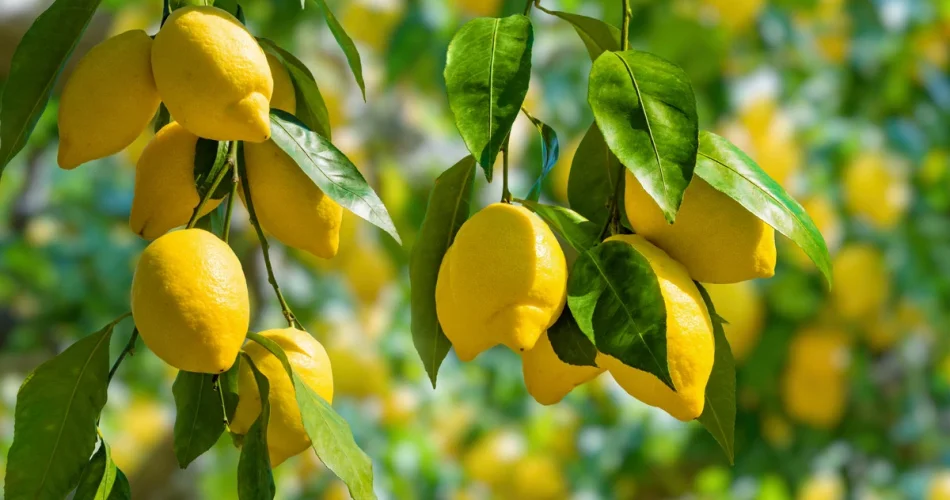Don’t miss the deadline: Prune your lemon trees before mid-April or risk losing your lemon harvest. This crucial date marks the beginning of spring, a prime time for pruning to stimulate growth and fruit production. Failure to act could result in stunted growth and diminished yields.
Lemon trees, originally hailing from regions like Persia and Spain, have successfully acclimated to various climates, becoming a staple in our diets. However, they demand meticulous care to thrive. Regular maintenance is essential, encompassing tasks such as watering, fertilizing, and pest control to ensure the health and vitality of your lemon trees.
The allure of lemon trees evokes dreams of distant lands, with their fragrant flowers and lush green foliage. While typically found in Mediterranean regions, they can also flourish further north with proper protection during colder months, even thriving indoors when placed in bright locations.
Standing at a modest height of 1 to 2 meters, lemon trees have the potential to yield bountiful harvests, but their cultivation demands attention. Pruning, especially before mid-April, is crucial to optimize fruit production. This process involves removing dead or diseased branches, improving ventilation, and promoting an open structure conducive to healthy fruit growth. Additionally, applying a cinnamon-based ointment to pruning wounds aids in rapid healing.
Maintaining your lemon tree throughout the year requires consistent care. Adequate watering, ensuring moist but well-drained soil, is vital, particularly in hot weather. Regular fertilization with citrus-specific products and vigilant pest and disease management are essential to ward off harmful invaders that could jeopardize the long-term health of your trees.
In essence, the key to a thriving lemon tree lies in timely pruning and diligent year-round maintenance, ensuring a plentiful harvest of these indispensable fruits.
